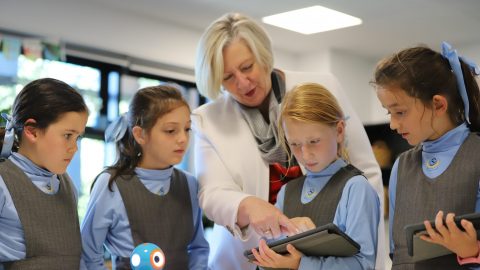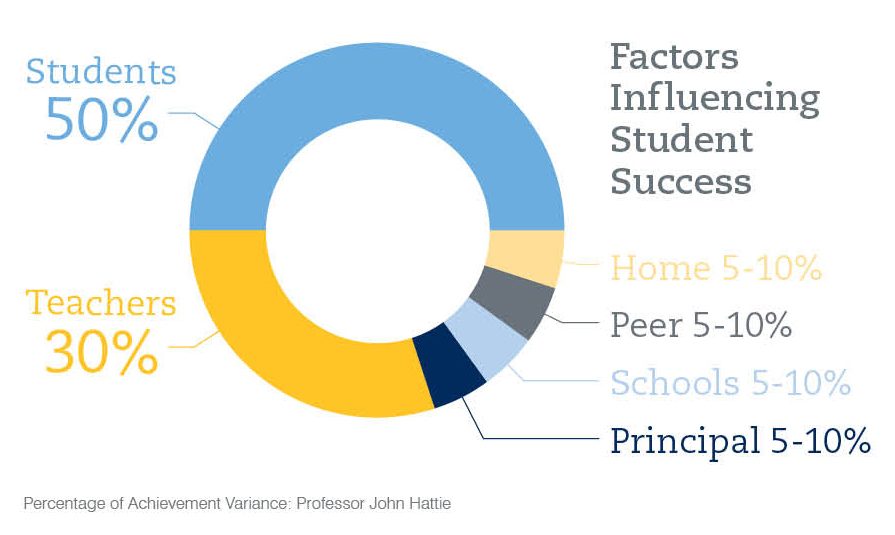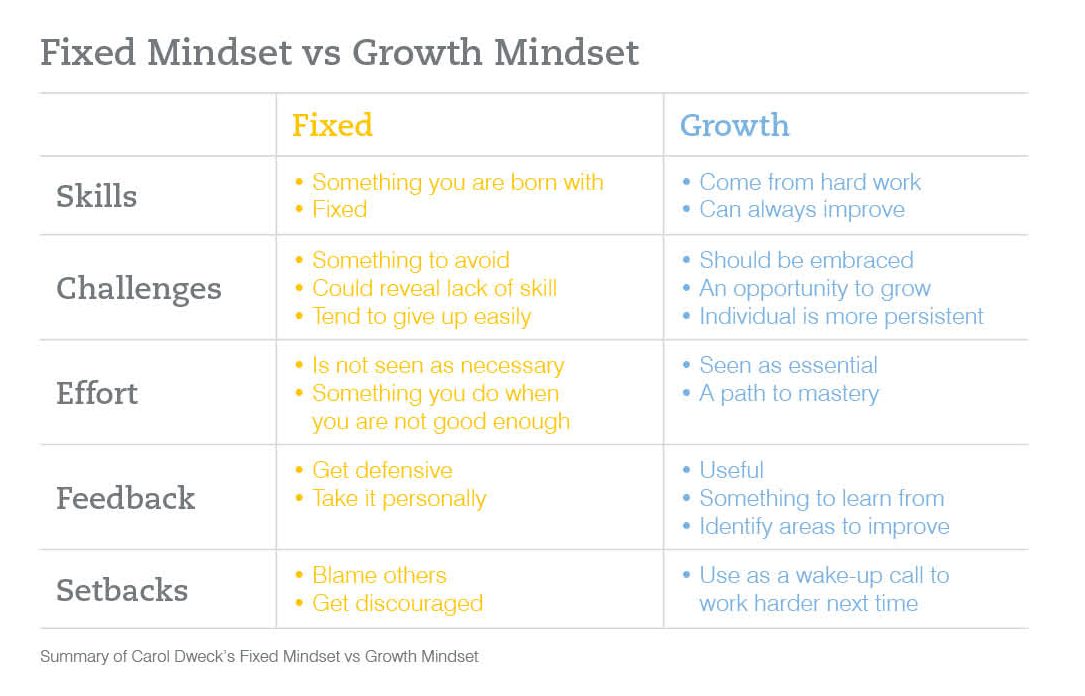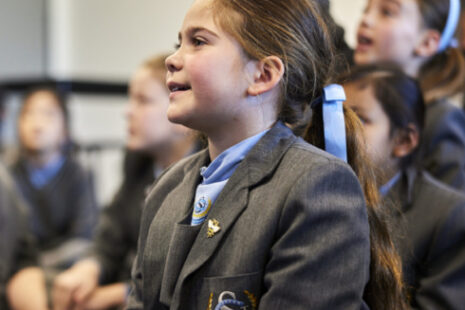Factors Contributing to Success at School

As both a teacher and school leader, I am constantly questioning how to help students achieve greater success with their learning. While the question I pose is quite simple, the answer is both complicated and complex.
There are many factors that attribute to student learning success. John Hattie, Professor of Education and Director of the Melbourne Education Research Institute at the University of Melbourne, has researched this question and found that there are a number of factors that cause variance in how students perform at school.

Hattie’s graph above shows the biggest influence on success is the student themselves. This variance can be seen when we compare two students. Both are of similar ability, are in the same class, and have had the same teachers for the past five years. If all factors were the same, why would one student achieve greater success in the classroom than the other?
Hattie attributes the variance to what each student ‘brings to the table’. This includes the following: culture, prior achievement, pre-term birth weight, capacity to concentrate, motivation, self-concept, anxiety level, attitude towards Mathematics and Science, creativity, health, personality, gender and diet.
While schools have no influence over some of these, we, along with parents, do have some influence over mindset, which in turn, influences potential and success. Mindset can be described as how a learner perceives themselves and their ability, as well as their attitude to the learning and school work they do.
Carol Dweck, a world renowned Stanford University psychologist, discovered the notion of ‘mindset’ and its ability to make a positive difference in learning. Dweck believes there are two mindsets: fixed and growth. These are explained in the graph below.

As teachers and parents, we can help students to instill greater self-belief and a ‘growth mindset’ – one where they believe they can continually develop and grow their capacity to learn and succeed.
First, students need to believe that they can increase their ability through hard work, dedication and learning from initial errors. It is the correlation between hard work and achievement that is key. Many students sadly just give up or refuse to engage in the learning because they do not get it straight away. They do not attempt to try, even when prompted. They might also be the student who raises their hand to seek help without trying to work it out for themselves. These students exhibit a fixed mindset. As teachers and parents, it is important to address these behaviours quickly, so they do not become ingrained as a ‘go to’ habit. Teachers will often not give help straight away, asking students to try and work it out or to a certain point before giving assistance or clues. This is a strategy designed to show students that if they work at it, they can often do it themselves.
With school work, we often observe a fixed mindset in children who say, “I cannot do this” or “I am not good at Maths”. We need to move their beliefs and thoughts to “I cannot do this yet” or “If I work hard at it I can improve”. Students need to start with small, simple achievable goals. For example, it might be learning the two times table or, for older students, it might be setting up a revision program and making summaries of worksheets. Success in the beginning is making a start, choosing to try, learning where they are making mistakes, or just increasing marks by a few points. The vital point is that they see the correlation between effort and success. They learn that well-directed effort produces results, and that greater effort in the right places and in the right way will continue to produce ever increasing results. This reinforces the growth mindset and leads to greater success.





